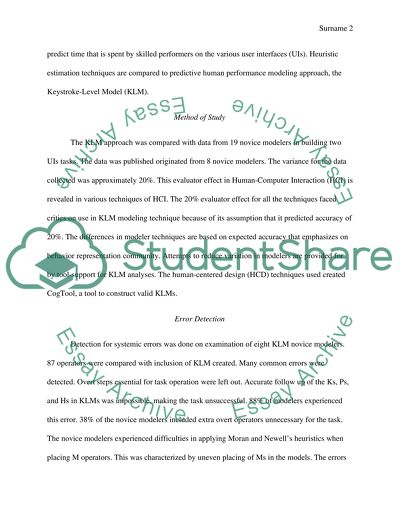Cite this document
(“CogTool Essay Example | Topics and Well Written Essays - 1250 words”, n.d.)
CogTool Essay Example | Topics and Well Written Essays - 1250 words. Retrieved from https://studentshare.org/information-technology/1446690-cogtool
CogTool Essay Example | Topics and Well Written Essays - 1250 words. Retrieved from https://studentshare.org/information-technology/1446690-cogtool
(CogTool Essay Example | Topics and Well Written Essays - 1250 Words)
CogTool Essay Example | Topics and Well Written Essays - 1250 Words. https://studentshare.org/information-technology/1446690-cogtool.
CogTool Essay Example | Topics and Well Written Essays - 1250 Words. https://studentshare.org/information-technology/1446690-cogtool.
“CogTool Essay Example | Topics and Well Written Essays - 1250 Words”, n.d. https://studentshare.org/information-technology/1446690-cogtool.


